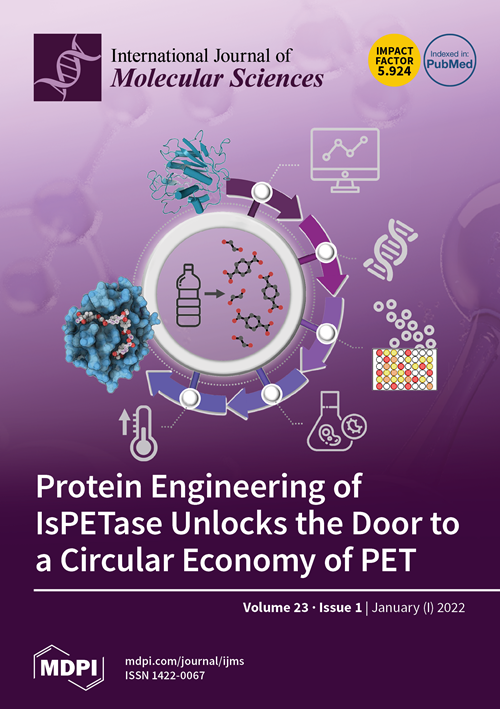Overview of Innate Immune Cell Landscape in Liver Aging
IF 4.9
2区 生物学
Q1 BIOCHEMISTRY & MOLECULAR BIOLOGY
引用次数: 0
Abstract
Aging is a biological process with a gradual decline in functional capacity, and this process often enhances the risk of chronic disease morbidity and mortality. With advanced age, the immune system undergoes a process of remodeling that can lead to a chronic inflammatory state, termed immunosenescence and inflammaging, respectively. Immunosenescence is accompanied by changes in the number, proportion, and functional capacity of the innate immune cells. The accumulation of dysfunctional immune cells and the presence of low-grade inflammation can lead to organ damage and expedite the aging process. The liver, crucial in regulating the body’s metabolism and immune function, is not exempt from these effects. Age-related modifications affect its immune function and regenerative abilities, potentially increasing the prevalence of age-related liver diseases. While aging’s impact on the liver is relatively less severe compared to other organ systems, it still experiences an infiltration of innate immune cells and heightened inflammation levels. This review will elaborate on how aging affects the liver’s innate immune cells, such as neutrophils, macrophages, dendritic cells, mast cells, and innate lymphoid cells. It will also explore potential strategies for delaying immunosenescence to alleviate these age-related changes.肝脏衰老过程中的先天性免疫细胞概况
衰老是一个功能逐渐衰退的生理过程,而这一过程往往会增加慢性疾病的发病率和死亡率。随着年龄的增长,免疫系统会经历一个重塑过程,从而导致慢性炎症状态,分别称为免疫衰老和炎症衰老。免疫衰老伴随着先天性免疫细胞数量、比例和功能能力的变化。功能失调的免疫细胞的积累和低度炎症的存在会导致器官损伤,加速衰老过程。肝脏是调节人体新陈代谢和免疫功能的关键,也不能幸免于这些影响。与年龄有关的变化会影响肝脏的免疫功能和再生能力,从而可能增加与年龄有关的肝脏疾病的发病率。虽然与其他器官系统相比,衰老对肝脏的影响相对较小,但肝脏仍会受到先天性免疫细胞渗透和炎症水平升高的影响。本综述将阐述衰老如何影响肝脏的先天性免疫细胞,如中性粒细胞、巨噬细胞、树突状细胞、肥大细胞和先天性淋巴细胞。它还将探讨延缓免疫衰老的潜在策略,以缓解这些与年龄有关的变化。
本文章由计算机程序翻译,如有差异,请以英文原文为准。
求助全文
约1分钟内获得全文
求助全文
来源期刊

International Journal of Molecular Sciences
Chemistry-Organic Chemistry
CiteScore
8.10
自引率
10.70%
发文量
13472
审稿时长
17.49 days
期刊介绍:
The International Journal of Molecular Sciences (ISSN 1422-0067) provides an advanced forum for chemistry, molecular physics (chemical physics and physical chemistry) and molecular biology. It publishes research articles, reviews, communications and short notes. Our aim is to encourage scientists to publish their theoretical and experimental results in as much detail as possible. Therefore, there is no restriction on the length of the papers or the number of electronics supplementary files. For articles with computational results, the full experimental details must be provided so that the results can be reproduced. Electronic files regarding the full details of the calculation and experimental procedure, if unable to be published in a normal way, can be deposited as supplementary material (including animated pictures, videos, interactive Excel sheets, software executables and others).
 求助内容:
求助内容: 应助结果提醒方式:
应助结果提醒方式:


